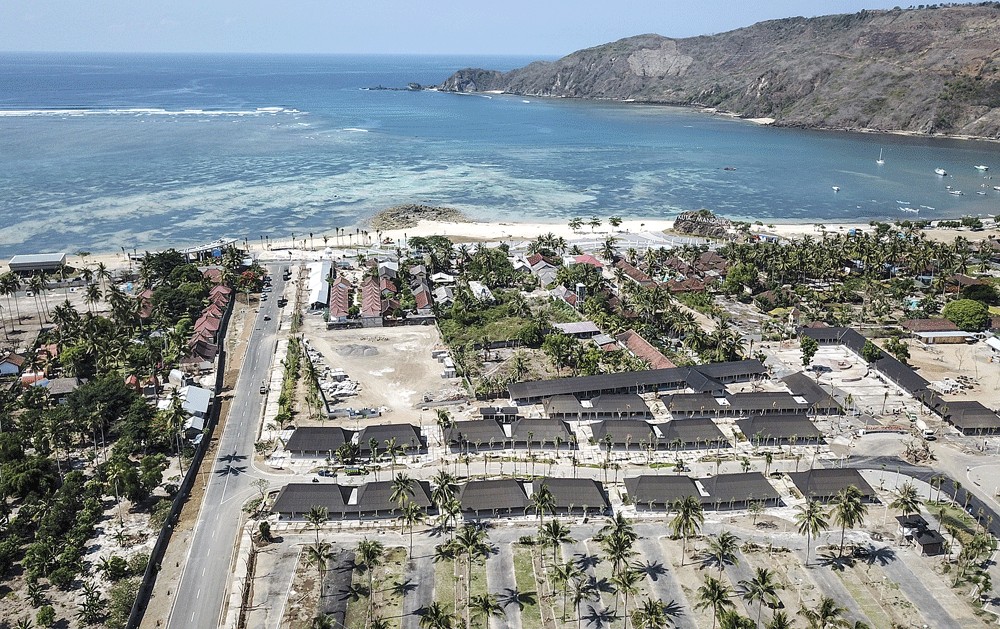
Indonesia: Year in review 2019
by Oxford Business GroupIn a bid to boost economic growth, Bank Indonesia (BI), the country’s central bank, cut in October 2019 its benchmark interest rate for the fourth time in four months.
At its monthly meeting on Oct. 24, 2019, BI announced that the seven-day reverse repo rate would be cut by 25 basis points to 5 percent. The decision marked the fourth consecutive time the rate has been slashed since July 2019, with the central bank reducing its benchmark by 100 basis points over the period.
The developments, which go some way to reversing the 175 basis point hikes made over the course of 2018, were described in a statement from BI as “pre-emptive” measures designed to “stimulate domestic economic growth momentum against a backdrop of global economic moderation”.
Indonesia recorded year-on-year (yoy) growth of 5.02 percent in the third quarter of 2019, slightly down on earlier projections of 5.1 percent, as well as on second quarter levels of 5.05 percent yoy. This figure was the lowest rate of growth since mid-2017, as investment, household spending and government spending all saw subdued growth.
Despite this, BI projected the economy to meet the 2019 year-end target of 5.1 percent growth, increasing to 5.3percent in 2020.
Special economic zones key to growth
The cuts in interest rates form part of broader plans designed to stimulate growth and investment in the economy, with President Joko “Jokowi” Widodo now inhis second five-year term in office.
In mid-October of last year, Darmin Nasution, the then-coordinating minister for economic affairs, outlined plans to develop more special economic zones (SEZs), along with an expansion of tax incentives to encourage investment in them.
Darmin outlined plans to simplify rules on existing tax holidays by granting investors tax breaks based on the size of their investment in SEZs.
The government is looking to inaugurate seven new SEZs this year. This move seeks to position Indonesia as a prime destination for companies moving out of China to avoid US tariffs. The authorities hope to attract Rp 726 trillion ($51.5 billion) in investment into SEZs by 2030.
Building on the 13 existing sites, the new developments include a digital park on Batam Island and an export-focused zone for the electronics, automotive and chemical industries in Central Java.
In addition, the government has sought to incentivize investment with a proposal to reduce the corporate income tax rate: at 30 percent, it is currently the highest in Southeast Asia.
Officials were expected to submit a proposal to the House of Representatives before the end of 2019 that would look to progressively reduce the rate to 20 percent, starting in 2021.
Another key reform relates to the country’s negative investment list, which prevents foreign investment in specific sectors. Often seen as a deterrent to foreign investment, President Jokowi has vowed to relax the list, such that the full ban would only apply to selected business sectors such as gambling, cannabis cultivation, chemical weapons and the wildlife trade.
Industrial plan
The proposed reforms should help boost activity in manufacturing and industry, areas that have been identified as potential growth drivers.
The government’s Master Plan of National Industry Development 2015-2035, which focuses on developing upstream and intermediate industries, aims to increase industry’s contribution to GDP from current levels of around 20 to 30 percent by 2035.
The plan is supported by the Making Indonesia 4.0 strategy, which seeks to diversify the economy away from natural resources by developing high-tech export industries.
Launched in April 2018, its key areas of focus include 3D printing, artificial intelligence, human-machine interface, robotics and sensor technology. The government hopes that it will create between 7 million and 19 million new jobs between 2018 and 2030.
Content provided by Oxford Business Group. For more info contact Lukas Bester at lbester@oxfordbusinessgroup.com.